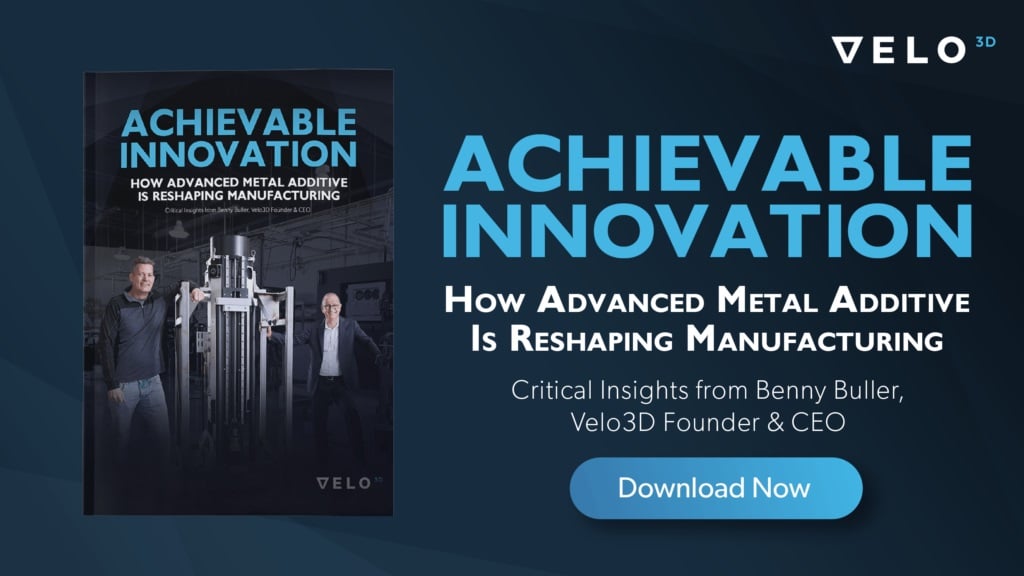Across industries, professionals are dealing with disruption and change from the effects of COVID-19, and nowhere is that more acute than in manufacturing. Nearly all supply chains are experience stress from the ongoing pandemic, which makes the increased dependence on technology more essential now than ever before.
But in an environment where change is constant and unpredictable, is it possible to reshape the industry using the latest breakthroughs in manufacturing technology—all while solving and preparing for future challenges?
And if that answer is yes, what does this technology look like?
Is Additive Manufacturing the Solution?
Additive manufacturing (AM) is one such solution, but like any tool, it’s important to understand what it’s best suited for. You wouldn’t build a house with just a hammer, and the same logic applies to the manufacturing industry.
So, just what is the AM sweet spot?
AM is ideal for one-off parts, short production runs, and near on-demand fulfilment. The technology is quickly evolving from a prototyping and special applications manufacturing process to one that can authentically fit on many factory floors alongside CNC.
But when considering the economics of additive, manufacturers of all stripes should consider the cost of tooling, along with volume and time requirements.
Shorter product lifecycles tend to favor additive for agile production. Moreover, parts may be scaled-up or down in production to address unstable demand. Additive in many cases also has superior metallurgical traits.
The Concerns of Additive
There have been many discussions about the possibilities of additive for mass customization and fast production. Yet leaders in aerospace and energy, for example, have been skeptical about additive quality and production repeatability.
Early adopters turned away because additive could not meet the most innovative and demanding requirements—if at all—without redesign and compromise, exhaustive parameter experiments and calibration, poor early yields, individual-part monitoring, and repeated testing.
This continues with many legacy additive systems trying to produce high-value, high-performance components, and assemblies.
Opportunities Ahead
Thankfully, more advanced additive systems, such as Velo3D’s end-to-end solution, can now achieve desirable outcomes through optimized build-chamber dynamics and user-friendly automation.
Advanced additive systems now conduct real-time, in-situ, process monitoring and control—delivering critical quality and repeatability for novel designs that simply couldn’t be achieved in the past.
To learn more about the advanced additive manufacturing technologies you should consider, including Velo3D’s end-to-end solution, download our latest eBook, which features critical insights from Velo3D Founder and CEO, Benny Buller, in which he address the way advanced metal AM can help overcome the many challenges facing the manufacturing industry.
You’ll learn
- When to consider additive manufacturing
- The limitations of conventional metal additive
- How production-ready additive can transform the supply chain
- How advanced metal additive is helping organizations innovate

